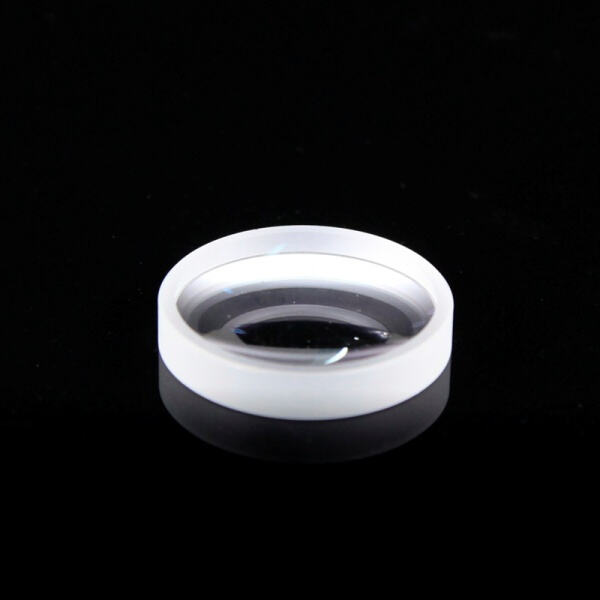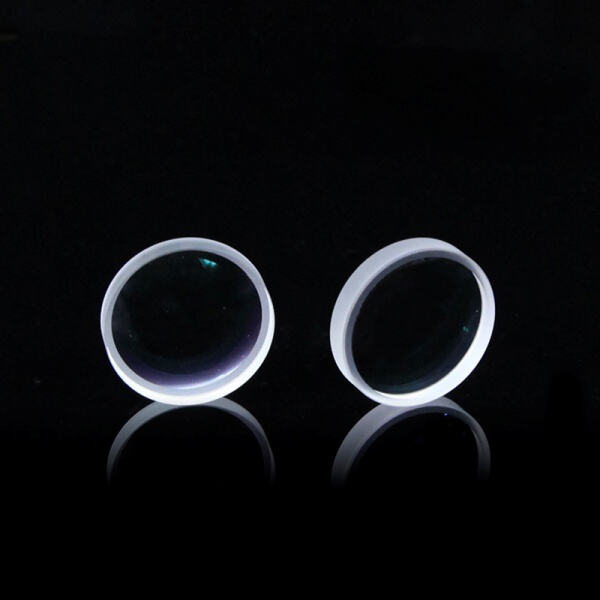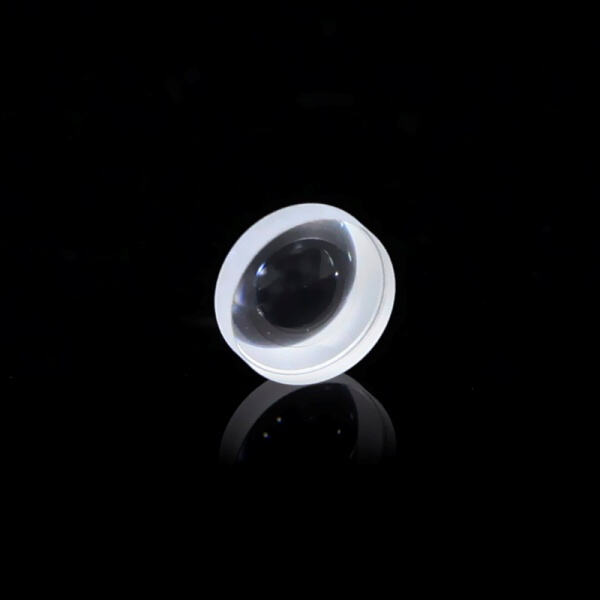
-
+86-156 60188203
[email protected] - Dazhai, Nanyang City, Henan Province China
- Mon - Sat 8.00 - 18.00 Sunday Closed

The word "lens" might bring to mind something that helps you see better. Lenses are fascinating tools that we use every day. But did you know that there are two primary types of lenses? These are convex and concave lenses, which operate in different ways in order to aid us with our eyesight. Click the below to learn more on these fascinating lenses and how they assist us in our life!
Convex lens The lens is thicker in the center than at the edges. This indicates that light passing through a convex lens bends inwards toward the center. Due to this shape, convex lenses are also known as converging lenses. They converge rays of light on one another. If you look through a convex lens, the objects appear larger and closer than they actually are. For instance, it is why you find convex lenses in tools like magnifying glasses that assist us better view small products or eyeglasses for long-sighted individuals. Farsighted individuals struggle to focus on neurotransmitters that are dominant nearby; those objects come into focus with the correct convex lens.
Conversely, a concave lens is thinner in the middle than at the edges. This shape causes light rays to bend outward, away from the center of the lens. This is why concave lenses are also referred to as diverging lenses. They spread light rays apart. When you peer through a concave lens, objects seem smaller and more distant than they really are. This has practical applications, like in telescopes used to view faraway stars and planets, and eyeglasses for people who are nearsighted. People with myopia do not see far away well, and concave lenses help myopes focus distant vision.
The design of a spherical lens is crucial because it determines its functional efficacy. And if the lens isn't properly shaped, the light won't refract correctly, leaving blurry and indistinct images. This is the reason we should always be cautious while preparing spherical lenses. The proper form helps to ensure that images we see through them are crispy and distinct.

Eyeglasses — Convex and concave lenses are extremely significant in eyeglasses, as pointed out earlier. This lens helps the people make improvement in vision. Concave lenses work for people who are nearsighted, whereas convex lenses work for people who are farsighted. The right lenses in glasses can greatly enhance someone's ability to see.

Deciding on the right lens for your needs extremely depends on what you are aiming to do. If you need a better one to see, it’s advisable you go to an eye care professional. They can perform an eye exam to determine whether you are nearsighted or farsighted. Once you identify your vision needs, you can select the proper lens to assist you.

If you are purchasing a camera, projector, or any other device with lenses, it is wise to research your options. Check the fine details and specifications to ensure you are sure of what you need. Also ensure that quality of lenses are good. It will help guarantee that the pictures or recordings you are making or perusing are clear and sharp.
Our company a sales and after-sales staff with more 60 employees. We have a rich knowledge export, import and international cooperation. We serve more 3000 clients over 80 two types of spherical lenses.
one of the benefits our company is that we can customize optics lenses to customer drawings ranging small to big size, the amount of models available online production two types of spherical lenses reached more than 400. We have a lot experience in various products that process customized drawings, as well the complete detection equipment
With ISO9001 as well China's high-tech and two types of spherical lenses enterprise certification, CE, SGS certification our company owns more 300 sets of complete equipment, more than 10 researchers. We are able guarantee the high top quality of our products
Nanyang Jingliang an optical component manufacturer that covers area of 10,000 square meters. Our company focused on two types of spherical lenses lenses optical prisms, optical system design, manufacturing sales. We can satisfy all of the requirements of optical components
Copyright © Nanyang City Jingliang Optical Technology Co., Ltd. All Rights Reserved — Privacy Policy